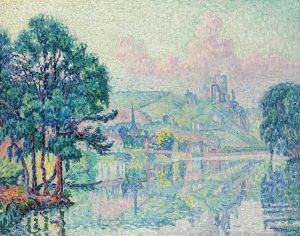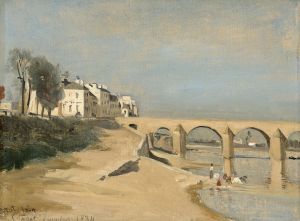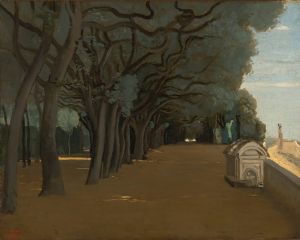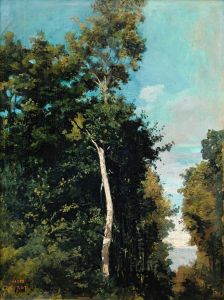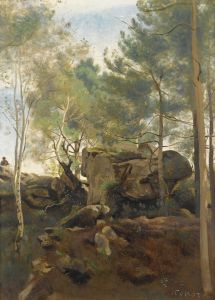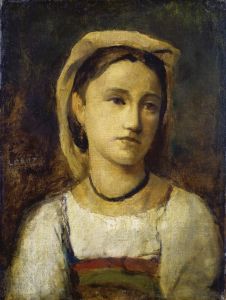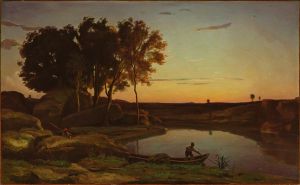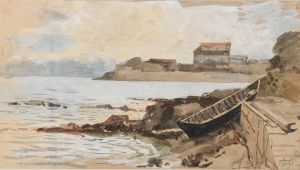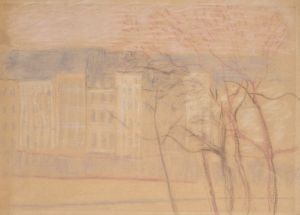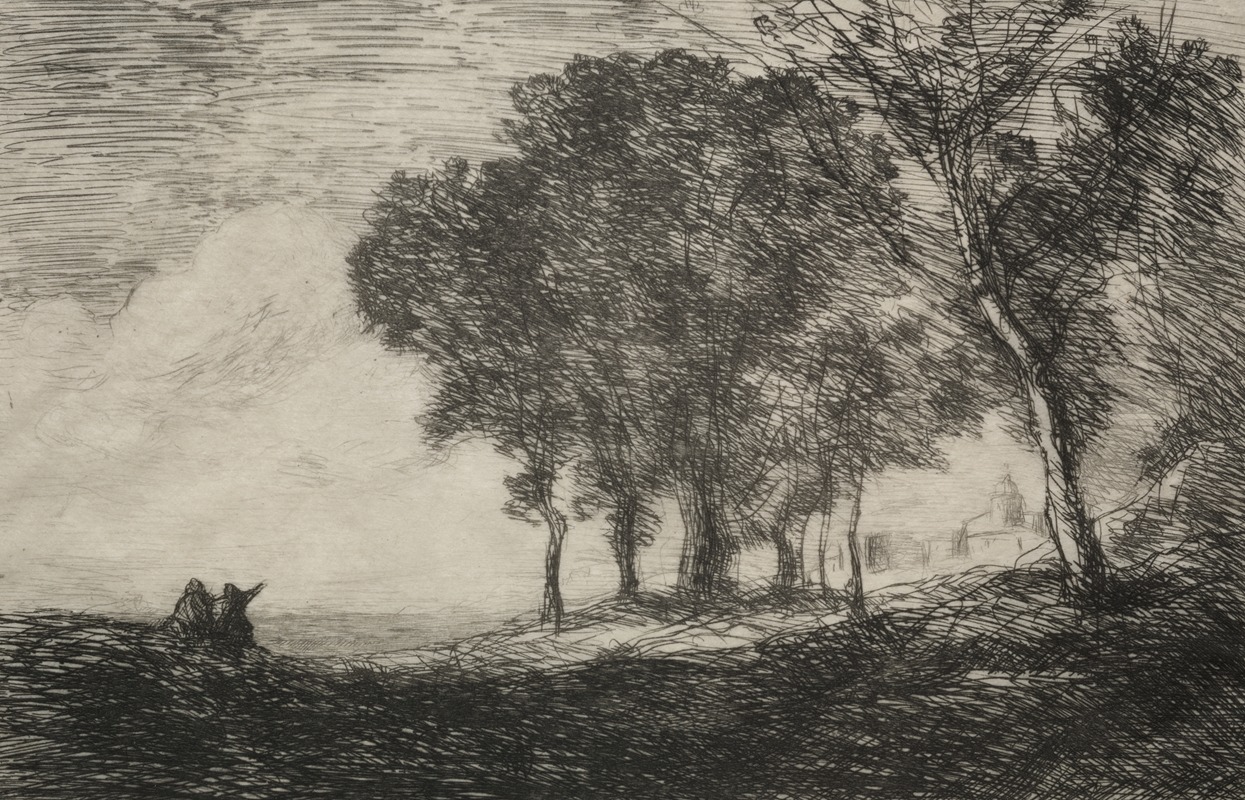
Italian Landscape
A hand-painted replica of Jean-Baptiste-Camille Corot’s masterpiece Italian Landscape, meticulously crafted by professional artists to capture the true essence of the original. Each piece is created with museum-quality canvas and rare mineral pigments, carefully painted by experienced artists with delicate brushstrokes and rich, layered colors to perfectly recreate the texture of the original artwork. Unlike machine-printed reproductions, this hand-painted version brings the painting to life, infused with the artist’s emotions and skill in every stroke. Whether for personal collection or home decoration, it instantly elevates the artistic atmosphere of any space.
Jean-Baptiste-Camille Corot was a pivotal figure in landscape painting, and his work "Italian Landscape" exemplifies his contribution to the genre. Corot, a French artist born in 1796, is often associated with the Barbizon School, a movement that emphasized naturalism and paved the way for Impressionism. His travels to Italy in the 1820s significantly influenced his artistic style, and "Italian Landscape" is a testament to this period of his life.
"Italian Landscape" reflects Corot's fascination with the Italian countryside, which he visited multiple times during his career. The painting captures the serene and idyllic nature of the Italian landscape, characterized by its soft light and harmonious composition. Corot was known for his ability to convey the atmospheric effects of light and air, and this work is no exception. The painting typically features a balanced composition with a focus on the natural elements of the scene, such as trees, hills, and bodies of water, often with a subtle human presence that blends seamlessly into the environment.
Corot's technique in "Italian Landscape" involves the use of a muted color palette, which was a departure from the more vibrant colors used by his predecessors. This choice of colors helps to create a tranquil and contemplative mood, inviting viewers to immerse themselves in the peacefulness of the scene. The brushwork is delicate and precise, yet it retains a sense of spontaneity that suggests a direct engagement with nature.
One of the defining characteristics of Corot's landscapes is his ability to capture the essence of a place rather than its exact details. In "Italian Landscape," he focuses on the overall impression of the scene, using light and shadow to create depth and dimension. This approach was influential in the development of Impressionism, as it encouraged artists to prioritize the sensory experience of a landscape over its precise depiction.
Corot's work was highly regarded during his lifetime, and he received numerous accolades for his contributions to art. "Italian Landscape" is a fine example of his mature style, which combines elements of realism with a poetic sensibility. His ability to evoke emotion through landscape painting has earned him a lasting legacy in the art world.
Today, "Italian Landscape" is appreciated not only for its aesthetic qualities but also for its historical significance. It represents a key moment in the evolution of landscape painting, bridging the gap between the classical traditions of the past and the innovative approaches of the future. Corot's influence can be seen in the works of later artists, who continued to explore the possibilities of capturing the natural world on canvas.
In summary, "Italian Landscape" by Jean-Baptiste-Camille Corot is a masterful representation of the artist's skill in capturing the serene beauty of the Italian countryside. Through his use of light, color, and composition, Corot creates a work that is both a reflection of his personal experiences and a significant contribution to the history of landscape painting.






